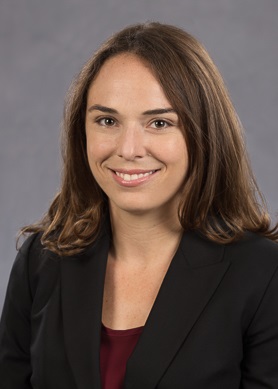Patients come to doctors because we are experts in medical conditions. We spend years studying and training to familiarize ourselves with the manifestations and treatments of all types of ailments. We use sophisticated tests, and we come up with technical language to describe and categorize. The effect being that our “medicalese” can be unintelligible to some patients. Much of the time, doctors examine the patient, the labs, and any other pertinent studies, and decide the direction of care without much input from the patient. We call this type of medicine “paternalism.” While this type of medicine may work in a busy clinic with relatively healthy patients (“Take these pills,” “apply this ointment,”) there are times where practicing paternalism can be dangerous.
For instance, doctors treating patients with diabetes must do all they can to empower patients to control their blood sugar. For a diabetic patient, it is necessary to track food, activities, and glucose levels. Patients must decide multiple times a day how much of which medication is needed to titrate to a well-controlled glucose level, not too high and not too low. Day in and day out the patient is very active in their health management, analyzing and making decisions to maximize their health. We can call this type of doctor–patient relationship “patient-directed care.”
Cheryl is the mother of Hannah, 7, and a self-taught medical expert. Cheryl wants to know as much as possible about Hannah's conditions and encourages her health care providers to include her in an active role. Hannah has a rare genetic disease that includes developmental delay, skin findings, and cortical tubers. Whenever Hannah has an issue that requires medical management, Cheryl tries to share her knowledge with the providers. Cheryl says that she has come across many communicative and collaborative physicians while navigating the health care field for Hannah's well-being, but there are some doctors who are not so understanding.
Cheryl related to me a recent incident where Hannah was unwell and they required an urgent appointment. The provider decided that a blood draw was necessary. Cheryl has experienced enough blood draws to know that Hannah would not cooperate in a strange environment. “No problem,” Cheryl said. “I will arrange for the blood to be drawn at home and taken to the lab. This will be better for Hannah.” She knew that this procedure has gone very smoothly at home in the past; however, the medical team decided not to take her advice. Hannah struggled so much that they gave up and the sample was taken at home, as Cheryl initially requested. The medical team could have spared Hannah unnecessary stress if they had listened to Cheryl from the start.
The word doctor comes from the Greek word “docere,” to teach. In its purest sense, doctoring is about teaching our patients about their bodies and their illnesses so that they themselves can maximize their health. However, as our techniques became more sophisticated, we lost sight of our role as teachers, and patient-directed care became replaced with paternalism. There may be times when a paternalistic approach is necessary, such as in an emergency, but we as practitioners should focus on encouraging patient- directed care as much as possible, so that Hannah and others can benefit from the best care possible.
One remarkable example of the advantages of patient-directed care involves a kidney failure patient in Sweden who insisted on managing his own dialysis. His doctors and nurses taught him how to read his lab results, analyze his symptoms, use the dialysis machine, and document notes in his chart. He found that he experienced fewer side effects when he performed self-dialysis. Before long, 60% of the hemodialysis patients at this hospital preferred this method, and as a result, infection rates and rehospitalization rates fell.
Like Cheryl, many patients and families are hungry for knowledge and are eager to take an active role in their care. While in the short term this may require a greater investment in time educating and counseling patients, in the long term it can result in healthier, happier patients. Patient-directed care is how we will reach our full potential of delivering the best health care possible to our patients.

Hannah Shlansky
Miller School of Medicine, University of Miami
Back to the July 2018 issue of ACP IMpact

